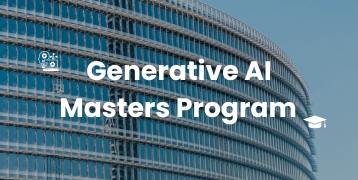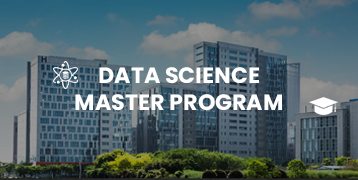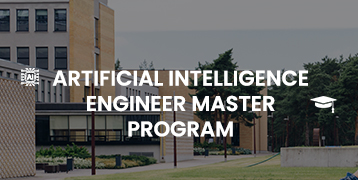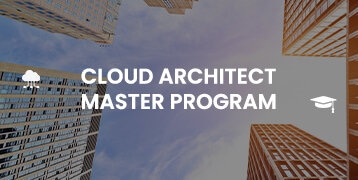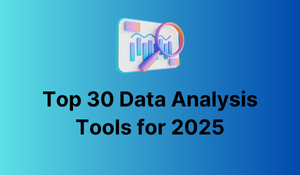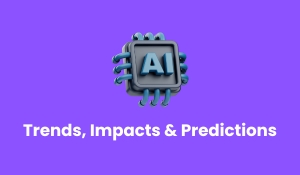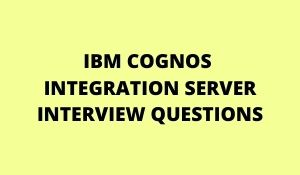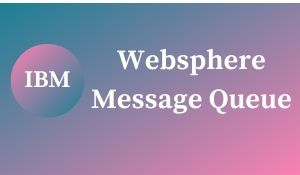
Introduction to TensorFlow :
TensorFlow is an end-to-end open-source stage for AI. It has a comprehensive, flexible ecosystem of tools, libraries, and community resources that lets specialists push the best in ML and designers effectively assemble and convey ML-powered applications.
It is an open-source computerized reasoning library, that utilizes information stream charts to assemble models. It permits designers to make huge-scope neural systems with numerous layers. TensorFlow is chiefly utilized for Classification, Perception, Understanding, Discovering, and Creation.

Fundamental Things You Will Study in this Tutorial :
•Features of Tensorflow
•Characteristics of Tensorflow
•Applications
•Advantages
•Architecture of Tensorflow
key features of TensorFlow :
•Efficiently works with numerical articulations including multi-dimensional exhibits.
•Good backing of profound neural systems and AI ideas.
•GPU/CPU processing where a similar code can be executed on the two structures.
•High adaptability of calculation across machines and immense informational collections.
Characteristics of Tensorflow
•TensorFlow is an open-source library that offers adaptability as far as measured quality inactivity.
•Easily trainable on CPU just as GPU for circulated figuring.
•TensorFlow gives the Parallel Neural system, which makes the models proficient for huge scope frameworks.
•Provides a broad set-up of capacities that permits clients to characterize models without any preparation.
•With TensorBoard an alternate portrayal of a model can be assessed and progressions important can be made while troubleshooting it.
•TensorFlow isolates the meaning of calculations from their execution.

Applications of Tensorflow
TensorFlow can be utilized for any kind of Deep Learning calculations like CNN, RNN, DBN, Natural Language handling, and so forth. There are a few programming components in the prologue to TensorFlow like Constants, Variables, Placeholders, Sessions, and so on. It has a wide scope of utilizations some of which are referenced underneath.
•Speech Recognition Systems
•Image/Video Recognition
• Self-Driving Cars
•Text Summarization
•Sentiment Analysis
•Deep neural system for search positioning
•Mobile image and video processing
•Massive multitask networks for drug discovery
Advantages of Tensorflow
•The TensorFlow library accompanies a set-up of representation devices – TensorBoard, for better computational graph visualizations.
•Open source library for complex analysis.
•Provides a decent troubleshooting technique as it executes subparts of a diagram which encourages presenting and recovering discrete information onto an edge.
•Libraries can be conveyed on a scope of equipment (cell gadgets, PCs with complex arrangements).
•Highly equal neural system that can perform huge frameworks.
| Course Name | Enroll Now |
|---|---|
| Artificial Intelligence Engineer Masters Program | Enroll Now |
| Deep Learning with TensorFlow Training | Enroll Now |
| Machine Learning Masters Program | Enroll Now |
| AI and Machine Learning in Finance Training | Enroll Now |
| Applied Data Science with Python Training | Enroll Now |
The architecture of Tensorflow :
Tensorflow Servables :
•Tensorflow Servables are basic items that are mostly used to perform calculations. The size of the TensorFlow servable is entirely adaptable. Servables are focal uncompleted units in TensorFlow serving.
•A servable unit can contain anything like it can contain tuples, or query tables. Servable articles can be of any kind and any interface, due to these features it is truly adaptable and simple to do future upgrades, for example, Asynchronous methods of activities, Streaming outcomes, and Experimental APIs.
Servable Versions :
•Servable forms are utilized for keeping up adaptations of TensorFlow servable. It can deal with at least one form of service. It can assist with arranging the new calculations and handling loads and different changes should be possible, and information can be stacked.
• Empower various servable forms one after another.
Servable Streams :
It is an assortment of various adaptations of Servables. It stores it in an expanding succession of adaptations.
Tensorflow Models :
•It can be served from numerous points of view with the endpoint that there are various approaches to serve the query table.
Tensorflow Loaders :
•Tensorflow loader is an API that deals with the TensorFlow Servables life cycle. It gives a typical foundation to a portion of the learning calculations.
•The fundamental utilization of the TensorFlow loader is to stack and empty Servables utilizing normalized loader APIs.
Tensorflow Sources :
•Sources are functioned as a module. Tensorflow source does the fundamentals of servable like the finding of servable, give servable on the solicitation.
•Each reference can give each or progressively servable streams in turn. Each source gives a loader example of dealing with the form of the stream. Each servable stream is stacked on the form-based.
•Source has various states that can be imparted to various variants and numerous Servables.
Tensorflow Managers :
•Loading Servable, Serving Servable, Unloading Servable.
• The manager gets a reaction from every single servable source and screens all rendition of it. It defers the transfer.
•GetServableHandle() work gives an interface that assists with dealing with the administrative things about TensorFlow Servables.
Tensorflow Core :
•Lifecycle, Metrics.
•Tensorflow serving center takes serves and loaders as an item.

Life of a Servable :
•Loader contains metadata that can be utilized to stack the Servables. The callback is utilized to inform the chief about the servable source variants. The supervisor follows a rendition arrangement that assists with designing and choosing what activity to require straight away.
•The director likewise checks the security of loaders, on the off chance that it is protected, at that point just it will give the fundamental assets to the loader and allow it to stack the new form. The director gives Severable on the customer solicitation, or it will demand a particular form unequivocally or can demand to direct the most recent form after that supervisor restores a handle to get to the servable.
•The Dynamic supervisor handles the servable adaptations, applies the variant arrangement, and chooses the form or most recent form that should be stacked. The dynamic chief dispenses memory to the loader. The loader starts the TensorFlow chart and updates loads of the TensorFlow diagram.
•When a customer demands the servable and checks the adaptation that the customer is mentioning then the Dynamic administrator restores that handler with the mentioned rendition of Servable.
Batcher in Tensorflow Architecture :
•Batching is a method of dealing with different solicitations in a solitary solicitation.
•By utilizing this methodology we can decrease the expense of performing inductions, particularly the increasing speed of equipment like GPU, and TPU.
•Tensorflow servable contains a Batcher gadget, by utilizing this gadget customers can stretch the cluster of their numerous particular deduction demands into a solitary clump demand. So they can run this methodology effectively.
👉 Related Articles:
🎯 Artificial Intelligence: A Complete Overview of Its Pros and Cons
🎯 Top 15 Artificial Intelligence (AI) Tools You Need to Know
🎯 Automation Anywhere Interview Questions and Answers
🎯 Most Frequently Asked Artificial Intelligence Interview Questions in 2025
🎯 Artificial Intelligence – An Introductory Guide
🎯 AI and Deep Learning Tutorial: Everything you need to know
🎯 Artificial Intelligence Interview Questions and Answers Update:2025
🎯 AI Engineer Salaries in 2025

